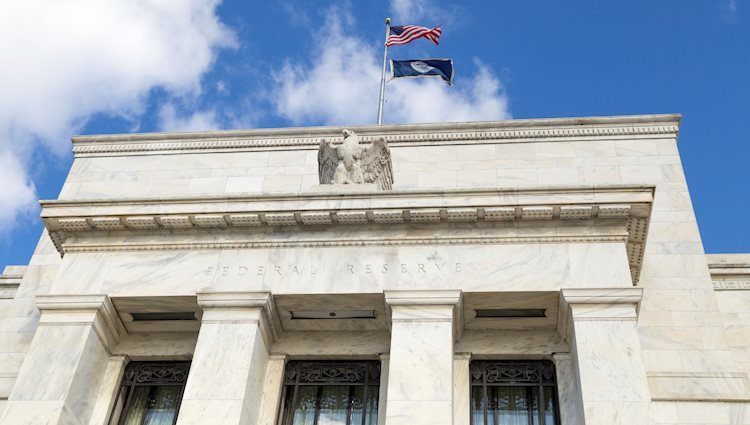Federal Reserve (Fed) Chairman Jerome Powell is scheduled to participate in a panel discussion at an event hosted by the Federal Reserve Bank of Dallas, with markets eagerly anticipating his remarks. The Fed had previously cut the benchmark interest rate by 25 basis points in November, following a 50 basis point cut in September. Despite this, the Fed has maintained its monetary policy path, which is expected to continue. However, the recent US presidential election outcome has raised questions about the future course of monetary policy.
The return of former President Donald Trump to the White House has led to concerns about potential inflationary pressures, given his proposed economic policies. Trump’s agenda includes tax cuts, tariffs on foreign goods, and strict immigration policies, all of which could impact the economy significantly. While the Fed has emphasized its independence from the government, Powell and the central bank may face challenges in maintaining the current monetary policy path in light of the changing political landscape. With a Republican-controlled Congress supporting Trump, the future direction of monetary policy remains uncertain.
Jerome Powell, who has served as Chair of the Board of Governors of the Federal Reserve System since 2018, will play a crucial role in shaping the Fed’s response to the new political scenario. Powell, who also serves as Chairman of the Federal Open Market Committee, has been tasked with navigating the central bank through challenging economic conditions. As the Fed’s primary goal is to achieve price stability and foster full employment, Powell’s leadership and decision-making will be closely watched by investors and policymakers alike.
In the US, the Federal Reserve uses interest rate adjustments as its primary tool to achieve its dual mandate of price stability and full employment. When inflation rises above the Fed’s 2% target, interest rates are raised to curb inflationary pressures. On the other hand, when inflation falls below 2% or unemployment rates are high, the Fed may lower interest rates to stimulate borrowing and economic growth. The Fed holds eight policy meetings per year, where decisions are made regarding interest rates and monetary policy based on economic conditions.
In extreme situations, the Fed may resort to unconventional policy measures such as Quantitative Easing (QE) to stimulate the economy. QE involves the Fed increasing the flow of credit in the financial system by purchasing high-grade bonds from financial institutions. This process aims to lower interest rates and boost lending to support economic growth. Quantitative tightening (QT) is the opposite of QE, where the Fed stops buying bonds and reduces the size of its balance sheet by allowing bonds to mature without reinvesting the proceeds. This policy is typically positive for the US Dollar as it reduces the supply of Dollars in circulation.
As Jerome Powell prepares to address the recent political developments and their implications for monetary policy, investors are closely monitoring his remarks for insights into the Fed’s future actions. With uncertainty surrounding the economic outlook and potential policy changes under a new administration, Powell’s guidance will be crucial in guiding market expectations and shaping the direction of monetary policy in the US.











